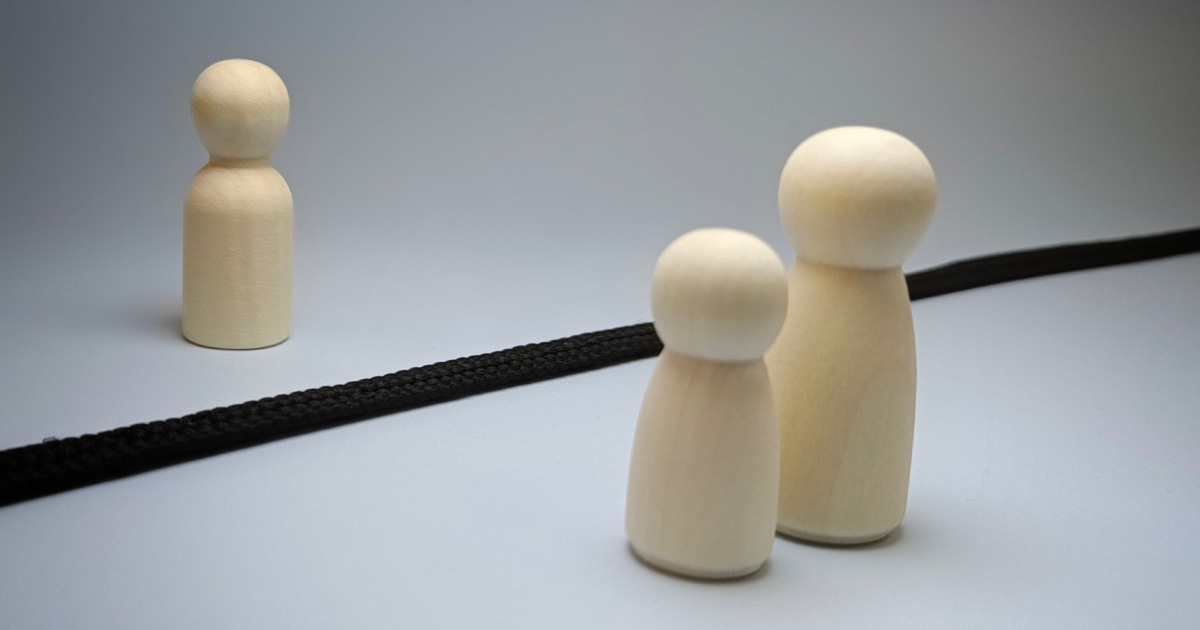
In January 2022, the Singapore Parliament passed a Bill to allow married couples to divorce by mutual agreement and to take “joint responsibility” for the breakdown of their marriage.
This sparked further debate amongst netizens, on whether the Women’s Charter in fact a “pro-women” legislation in Singapore, and whether men are in a huge disadvantage in determining their contribution to the marriage.
As such, the purpose of this article is to address the common misconceptions of the Women’s Charter, and why this legislation is indeed fair to both genders.
Brief History of the Singapore Women’s Charter
To start off, we would need to understand the historical roots of the Women’s Charter.
As the reader would note, Singapore was a former Crown Colony of Britain. This means back then; the English laws were applied together with local customary and religious laws (which included polygamy for men) in Singapore.
Consequently, the old English laws enacted in England included provisions such as (just to name a few):
- The Wife’s inability to work or own assets/property in her sole name;
- The Wife’s inability to use and keep her own surname;
- The Wife’s inability to have her own independent domicile;
- The Wife’s only responsibility in the marriage is the running of the matrimonial household;
- The Wife is not liable for the Husband’s debts and liabilities; and
- The Husband is the head of the household and the one responsible for the Wife’s actions.
Evidently, in the modern day and age, it would be archaic for such existing laws to be applied today.
Progressive Nature of the Women’s Charter and the Courts
The enactment of the Women’s Charter changed the legal regulation of marriage and family life of non-Muslim Singaporeans, in particular from polygamy to monogamy.
The Women’s Charter today has also integrated the laws regulating the husband-wife relationship, the parent-child relationship, and economic aspects of family life (such as maintenance of spouse and child) together with the law on the formation of marriage.
However, the genesis of the Women’s Charter in 1961 had the primary purpose of liberating women from the traditional societal view of what women in families should be, and in doing so, elevated them to an equal position within the family nucleus.
“On this basis alone, it is right to say that the Women’s Charter is “pro-women”, but certainly one that rightly gave women a fair and equal position in the marriage.”
For example, section 46 of the Women’s Charter (as found in the original 1961 enactment) states thus:
Rights and duties of the husband and wife
- 46.—(1) Upon the solemnisation of marriage, the husband and the wife are mutually bound to cooperate with each other in safeguarding the interests of the union and in caring and providing for the children.
- (2) The husband and the wife have the right separately to engage in any trade or profession or in social activities.
- (3) The wife has the right to use her own surname and name separately.
- (4) The husband and the wife have equal rights in the running of the matrimonial household.
This evinces a clear intention by Parliament for families to be run equally by both husband and wife, and the ability of the wife (as a woman) to pursue her own economic activities, overturning the age-old perception that husbands were the breadwinners and women the caretakers at home.
“What other people may have intended by stating that the Women’s Charter is “pro-women” often relates to the nature of rights that a husband or wife may enforce during the marriage or after divorce.”
The oft-cited examples are that wives tend to get custody of their children, whilst men are required to pay hefty maintenance for women. We shall see that these supposed examples do not support the unsubstantiated allegations that the Women’s Charter significantly disadvantages males.
Equal rights/obligations of the spouse
It should be noted that most of the significant provisions pertaining to family matters in the Women’s Charter are expressed from the perspective of a neutral, genderless spouse/parent. For example, section 69 of the Women’s Charter, relating to the maintenance of the children of the marriage, reads as such:
“Except where an agreement or order of court otherwise provides, it shall be the duty of a parent to maintain or contribute to the maintenance of his or her children, whether they are in his or her custody or the custody of any other person, and whether they are legitimate or illegitimate, either by providing them with such accommodation, clothing, food and education as may be reasonable having regard to his or her means and station in life or by paying the cost thereof.”
Although the law does not discriminate between a father and mother when imposing the requirement to maintain a child, the sums that each party is required to pay for maintenance of the child ultimately depends on the facts of the case. As has been consistently noted, there has been an increase of dual-income families in Singapore in recent years.
The key exceptions are in relation to spousal maintenance; although amendments in 2016 allowed incapacitated husbands to seek spousal maintenance from the wife, traditionally it has only been wives who are permitted to seek maintenance from their husbands.
However, this should be caveated by the fact that the court shall always have due regard to, amongst other factors, the wife’s earning capacity and financial needs.
“In other words, the wife is not given a blank cheque to request for any maintenance from her husband she wishes; the courts may in certain cases, either award a very low sum or none at all to a wife who is capable of earning her keep.”
The Singapore Court of Appeal in ATE v ATD (2016) endorsed the view that a former wife “ought to try to regain self-sufficiency and that an order for maintenance is not intended to create a life-long dependency by the former wife on the former husband…” and that the husband is not “a general insurer of sorts” (in overturning a former wife’s nominal maintenance order of $1 per month).
These views espoused by the Singapore courts illustrate a modern view of the role of wives (and ex-wives) in a matrimonial setting.
Custody Issues Under Women’s Charter
With regards to child custody, care and control of children in a marriage, the starting point is that the paramount consideration is to be the welfare of the child (section 125, Women’s Charter; see also section 3, Guardianship of Infants Act).
Again, the law creates no distinction between a wife or husband, though a common argument raised is that all things being equal, the child should not be deprived of his/her mother’s love and care (JBE v JBF (2015), citing Soon Peck Wah (1997)). Indeed, this is not a hard and fast rule, and there are numerous cases where the father had been awarded custody, care and control instead of the mother.
Neutral view of non-financial contributions
Another significant development of the Women’s Charter was the introduction and re-enactment of section 112, which relates to the division of matrimonial assets post-divorce. In particular, the elements of indirect, non-financial contributions are gender-neutral, and clearly applies to both husband and wife.
Read more: Indirect Contributions in Matrimonial Assets
This is settled law, as espoused in the seminal Singapore Court of Appeal case of NK v NL (2007), which recognised that “… division of matrimonial assets under the [Women’s Charter] is founded on the prevailing ideology of marriage as an equal co-operative partnership of efforts. The contribution of both spouses are equally recognized whether he or she concentrates on the economics or homemaking role…” In the most recent case of TQU v TGT (2022), the Court of Appeal agreed to increase the husband’s indirect contributions to reflect his efforts in looking after his children full-time for more than 10 years.
There is a noticeable trend whereby husbands are increasingly performing the “stay-home” and caretaking role traditionally adopted by the wife. As illustrated above, the Singapore courts have not shied away from giving recognition to evolving familial roles.
Conclusion
By examining the traditional and archaic roots of the Women’s Charter, one can see that the primary purpose of the Women’s Charter was to elevate women within a marriage to a position of equal standing. While some unequal positions still remain, the notion that the Women’s Charter is “pro-women” and disadvantageous to men cannot be sustained further.
“Every familial situation will turn on the facts, and such clients will require upstanding and competent family lawyers to advocate for their case in an ethical but fervent manner.”


We’re here for you
If you have any questions about the divorce process, or whether a fixed fee package is right for you, please get in touch with us for your free 20 minute consultation.
Our goal is to help you find a resolution that works for you.









